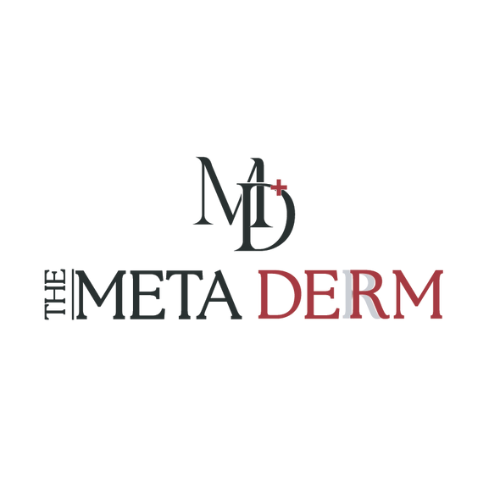Melasma Lasers
Laser therapy for melasma can effectively reduce pigmentation in over 90% of cases. MetaDerm has years of experience and expertise in various melasma laser treatment options.

Key Highlights:
- Lasers are among the most effective treatment options for melasma
- MetaDerm chooses laser options to suit your specific melasma pattern
- Fotona Pico lasers are very effective in treating resistant pigmentation
- Vascular lasers have just a marginal effect on melasma
- The first line of treatment for melasma is medical therapy
- Last line of treatment for melasma is the use of fractional lasers.
Our results speak for themselves






Melasma Lasers at a Glance
- Best outcomes: 1- 8+ sessions
- Procedure time: 5-8 minutes
- Duration of results: Variable
- Back to work: Immediately
- Recovery: 0-1 days
- Anaesthetic: Not required
- Your specialist: Dermatologist
- Cost: ₹ (Consultation required)
Melasma laser toning helps reduce pigment output to reveal radiant skin in just 2 weeks. You can enjoy the maximum melasma laser results in 10-16 weeks.
Frequently Asked Questions
Lasers can effectively reduce pigmentation, reduce fine lines, and improve light transmission and radiance, resulting in an even skin tone.
Melasma laser treatment has a very high efficacy and is used in addition to clinical-grade pigment correctors for better outcomes.
Yes, lasers are the most effective treatment for melasma. Different lasers work well on different skin tones. Ethnic and Asian skin tones respond well to pico lasers.
Laser resurfacing or melasma should be considered an investment of time, money, and effort. Some important factors to consider are:
- The equipment and the setting used are crucial for the outcomes.
- You can choose between lasers and chemical peels, but lasers, when used correctly, can provide better results.
- Assessing the depth of your pigmentation is essential in deciding the technique and duration of treatment.
- Melasma is recurrent in nature. A good maintenance plan is essential.
- Sun protection is an important aspect of any melasma treatment. A good sunscreen applied twice a day can enhance and prolong the results.
For a higher melasma treatment success rate, addressing the cause of pigmentation is essential. Medical therapies like topical treatments are safer, and the risk of side effects is also lower when compared to other treatment options. Next, lasers can be used to reduce and break the pigmentation and stimulate collagen production.
BBL works best for pigmentations other than melasma. It can cause a flare-up of the melasma. BBL can effectively reduce pigmentation in the first 2 weeks. However, a rebound can occur at 3-4 weeks.
At MetaDerm, we use both Picoway and Picosure lasers to treat pigmentation. They are well-suited for addressing age, UV, and inflammation-triggered pigmentations. They are also used to treat:
- Recalcitrant & resistant dermal melasma
- Melasma with age & sun-induced pigment
- Mandibular melasma
- Post-inflammatory hyperpigmentation & rebound melasma from other devices.

